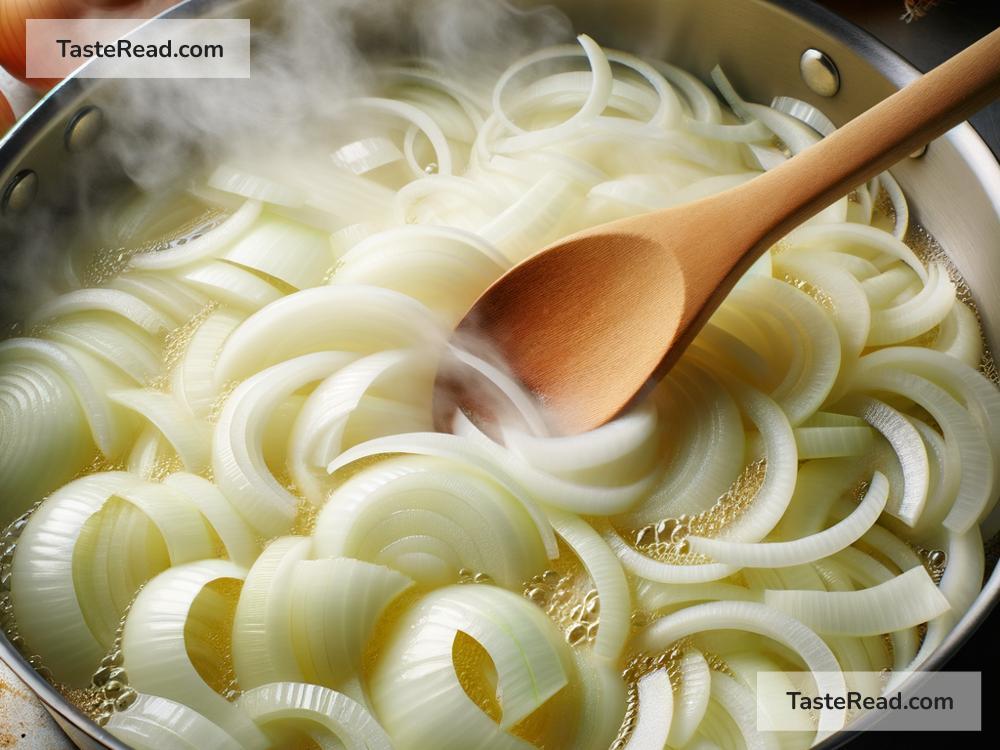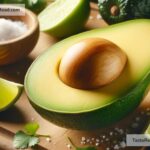The Sweet Science Behind Caramelizing Onions
Have you ever wondered how humble, crunchy onions transform into golden, sweet, and savory bites of joy when cooked slowly? The process is called caramelization, and it’s more than just cooking—it’s a little bit of kitchen magic powered by science! In this blog post, we’ll explore the fascinating science behind caramelizing onions in simple, easy-to-understand language. Whether you’re a food lover or an aspiring home chef, this knowledge will help you appreciate this culinary marvel even more.
What Is Caramelization?
Caramelization is a chemical process that occurs when sugars in food are exposed to heat. It’s responsible for the browning and sweetening of many foods, like onions, apples, and even sugar itself. When you caramelize onions, you’re essentially coaxing out their hidden sugars and transforming them into complex flavors. What starts as a sharp and pungent vegetable ends up as a sweet, flavorful delight. It’s like nature’s alchemy at work—turning the ordinary into the extraordinary.
The Science of Onion Caramelization
Onions naturally contain sugar. Yes, really! Even though they taste sharp or spicy when raw, they’re actually packed with natural carbohydrates. On average, onions contain about 5 grams of sugar per 100 grams, which makes them perfect for caramelization.
Here’s how the science unfolds step by step:
-
The Breakdown Begins:
When you place onions in a pan over heat, their cell walls start breaking down due to the heat itself and the moisture being released. This allows the sugars inside the onion to “soften up” and become more accessible. -
Evaporation of Water:
Onions are surprisingly full of water—around 89% of their weight is liquid! As you cook them, this water begins to evaporate. This evaporation is crucial because it creates the conditions needed for caramelization. Without water in the way, the sugars in the onions can interact directly with heat. -
Heat Activates Brown and Sweet Flavors:
As the water leaves the onion, the sugars begin to heat up. At temperatures above 310°F (155°C), a chemical reaction known as the Maillard reaction and caramelization processes take place. This is where the magic happens! The sugars rearrange themselves, breaking down into smaller compounds that produce new flavors, aromas, and colors. That golden-brown color you see? That’s caramelization in action! -
Complex Flavors Are Created:
Caramelization doesn’t just make onions sweeter. It creates a variety of flavor compounds—think nutty, savory, and even slightly tangy notes mixed with the sweetness. These compounds work together to give caramelized onions their irresistible depth of flavor.
Patience Is Key
Here’s the catch: caramelizing onions takes time. You can’t rush the process if you want those rich flavors. If you cook onions on high heat, they’ll burn before they caramelize. Burnt onions are bitter, which is the opposite of what you’re trying to achieve.
To caramelize onions properly, you need low heat and patience. Cooking them gently over 30–45 minutes allows the sugars to break down gradually. Stirring occasionally ensures they cook evenly and don’t stick to the pan. It’s worth the wait, though—every soft, sweet bite is proof of your dedication.
Tips for Perfect Caramelized Onions
Want to master the art? Here are some practical tips to help you caramelize onions like a pro:
-
Start with the Right Onions:
While you can caramelize any onion, sweet varieties like Vidalia or yellow onions work best because they have more natural sugars. -
Use the Right Pan:
A wide skillet or sauté pan gives the onions plenty of room to spread out and cook evenly. Nonstick pans aren’t ideal here; stainless steel or cast iron pans work better for caramelization. -
Low and Slow is the Way to Go:
Remember, patience is key. Keep the heat at medium-low or low to avoid burning the onions and ensure even caramelization. -
Add a Little Fat:
Adding a tablespoon of butter or oil helps the onions cook smoothly and enhances their flavor. Butter adds richness, while oil prevents sticking. -
Deglaze the Pan:
As the onions cook, they’ll leave little brown bits stuck to the pan. These bits are pure flavor! Deglaze the pan with a splash of water, broth, or wine to lift them off and incorporate them into the onions. -
Season Lightly:
Sprinkle a pinch of salt to help draw out the onion’s natural moisture and enhance the sweetness. You can also add herbs and spices for extra layers of flavor.
Why Do Caramelized Onions Taste So Good?
Caramelized onions taste amazing because they’re more than just sweet—they’re multidimensional. The slow cooking process brings out nutty, savory, and slightly smoky flavors that pair beautifully with the natural sweetness of the sugars. This combination creates a perfect balance that makes caramelized onions so versatile in the kitchen.
How Can You Use Caramelized Onions?
Caramelized onions work in endless recipes. You can pile them onto burgers, mix them into pasta sauces, spoon them over pizza, or use them as a topping for roasted vegetables. They’re also a great addition to soups, stews, or even scrambled eggs. The possibilities are endless!
Wrapping Up
Caramelizing onions is one of the simplest and most rewarding kitchen techniques. By understanding the science behind it, you’ll be able to better appreciate the rich flavors that emerge from this slow, deliberate process. So the next time you’re in the kitchen, grab an onion, turn on the stovetop, and explore the magic of caramelization. You’ll have a delicious, golden result where science meets flavor!


